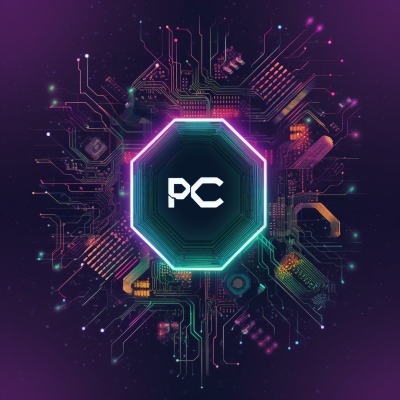Non-fungible tokens, or NFTs, are digital assets that represent ownership of a unique item or piece of content. They are stored on a blockchain, which allows for secure and verifiable ownership and transfer of the asset.
NFTs are often used for digital art, collectibles, music, and other types of creative works. They can be bought, sold, and traded like other assets, and their value is determined by the rarity and perceived value of the item or content they represent.
NFTs differ from other cryptocurrencies, such as Bitcoin or Ethereum, in that they represent unique and indivisible assets, rather than interchangeable units of value. This means that each NFT is unique and cannot be divided or replaced by another NFT.
NFTs have gained popularity in recent years due to the rise of decentralized finance (DeFi) and the increasing demand for digital collectibles. However, NFTs are still a relatively new and rapidly evolving field, and it is important to carefully consider the risks and do your own research before buying or using NFTs.
Where to buy NFTs?
Depending on whether you want to buy pfp (profile picture) NFTs or art NFTs or utility NFTs, there are various NFT marketplaces:
- LooksRare – ETH marketplace
- x2y2 – ETH marketplace
- Tezos NFT ecosystem
- gem.xyz – sweeping NFT collections on ETH
How to start with NFTs
If you are interested in getting started with non-fungible tokens (NFTs), here are a few steps you can follow:
- Familiarize yourself with the basics of NFTs: It’s critical to comprehend the fundamentals, characteristics, dangers, and restrictions of NFTs. Online resources such as publications, blogs, and social media groups can be used to learn more about NFTs.
- Choose a blockchain platform: NFTs are created on top of many blockchain architectures, including Solana, Binance Smart Chain, and Ethereum. You should select a platform that satisfies your demands and tastes because each one has unique features, costs, and restrictions.
- Set up a wallet: A digital wallet that works with the blockchain platform you have selected is required in order to interact with NFTs. A software wallet can be used on your computer, and a mobile wallet can be used on your smartphone. Enable two-factor authentication, backup your recovery phrase, and maintain the security of your wallet.
- Explore NFT marketplaces: There are many NFT marketplaces where you can buy, sell, and trade NFTs, such as OpenSea, Rarible, and SuperRare. You can browse these marketplaces to see what types of NFTs are available and find ones that meet your interests and budget.
- Buy or create an NFT: Once you have found an NFT that you want to buy, you can follow the instructions on the marketplace to complete the purchase. Alternatively, if you are interested in creating your own NFT, you can use a platform such as Manifold or OpenSea to create and sell your own NFTs.
Keep in mind that NFTs are a relatively new and constantly evolving area, which means that there are inherent risks and unknowns. It is crucial to thoroughly assess the risks and conduct thorough research before investing in or utilizing NFTs.
My affiliate recommedations
- ByBit crypto exchange with up to $4500 bonus
- GMX decentralized crypto exchange
- Ledger Hardware Wallet
- ExpressVPN to browse Internet in private worldwide
What NFT videos to watch?
NFTs are a fascinating hobby and you can approach them from multiple perspectives.
- What are Historical NFTs?
- How to collect generative art?
- NFT guide for artists – how to create NFTs?
NFT Art vs Traditional Art
Non-fungible tokens, or NFTs, have revolutionized the way we think about art and collectibles by bringing digital ownership and scarcity to the forefront. NFT art, or art that is represented as an NFT, allows artists to monetize and authenticate their digital creations in a way that was previously not possible.
One of the main differences between NFT art and traditional art is the medium. NFT art exists as a digital file, whereas traditional art exists as a physical object. This means that NFT art can be easily reproduced, shared, and accessed online, while traditional art is limited by its physical location and ownership.
Another difference is the concept of ownership and scarcity. NFT art is owned by the person who holds the NFT, and the NFT represents ownership of the digital file. This allows for a verifiable chain of ownership and prevents counterfeiting. Traditional art, on the other hand, is owned by the person who physically possesses the object, and ownership can be difficult to prove without a paper trail. NFT art also allows for the creation of limited edition works, as the number of NFTs that can be minted is finite and predetermined.
However, NFT art also has some risks and limitations. The market for NFT art is still relatively new and volatile, and the value of NFTs can fluctuate significantly. In addition, the technology behind NFTs is still evolving, and there have been instances of hacks and scams in the NFT space.
Summing up, NFT art offers an alternative to traditional art that is digital, verifiable, and potentially scarce. While it carries some risks and limitations, it has the potential to disrupt traditional art markets and provide.


Leave a Reply